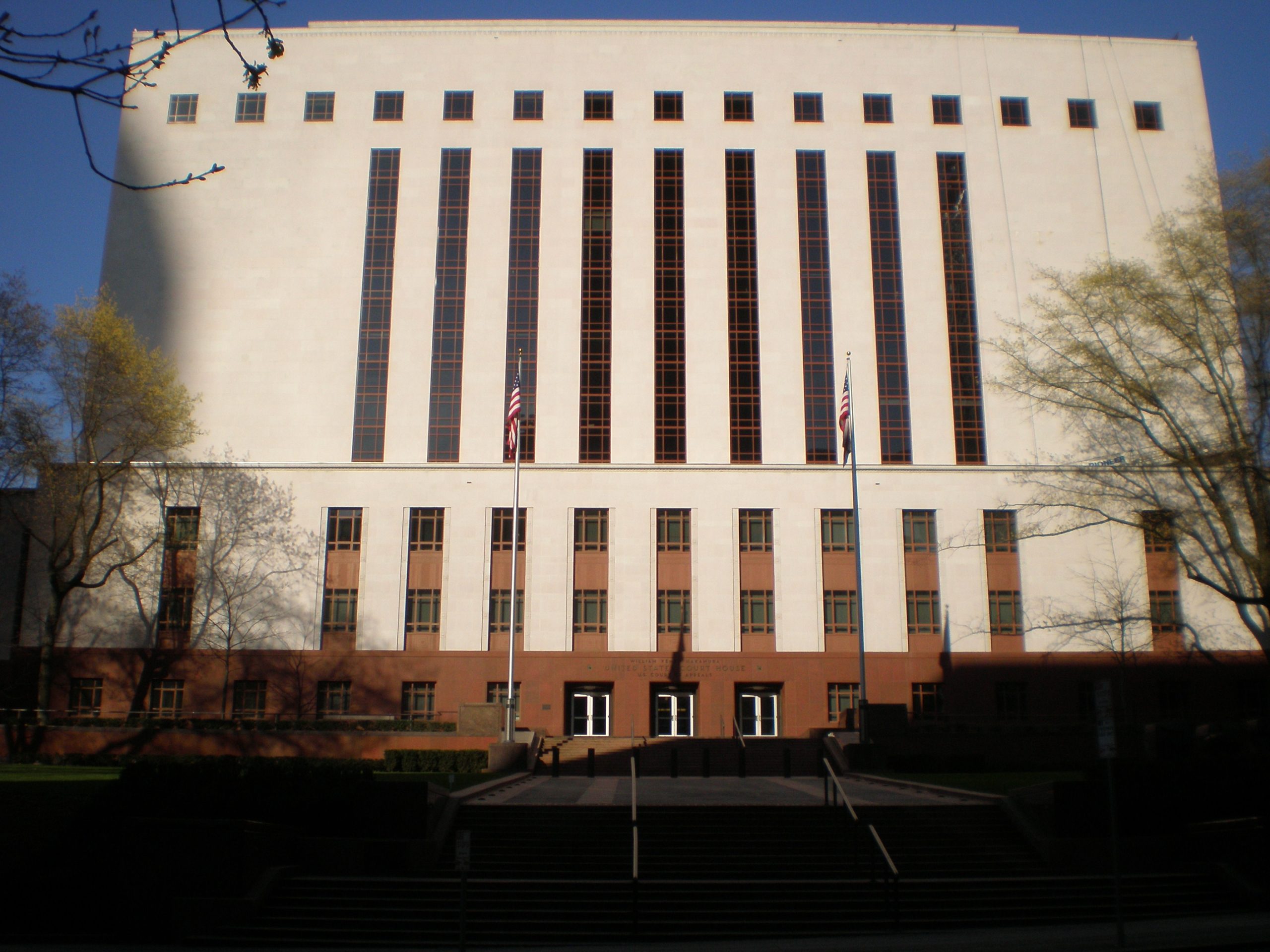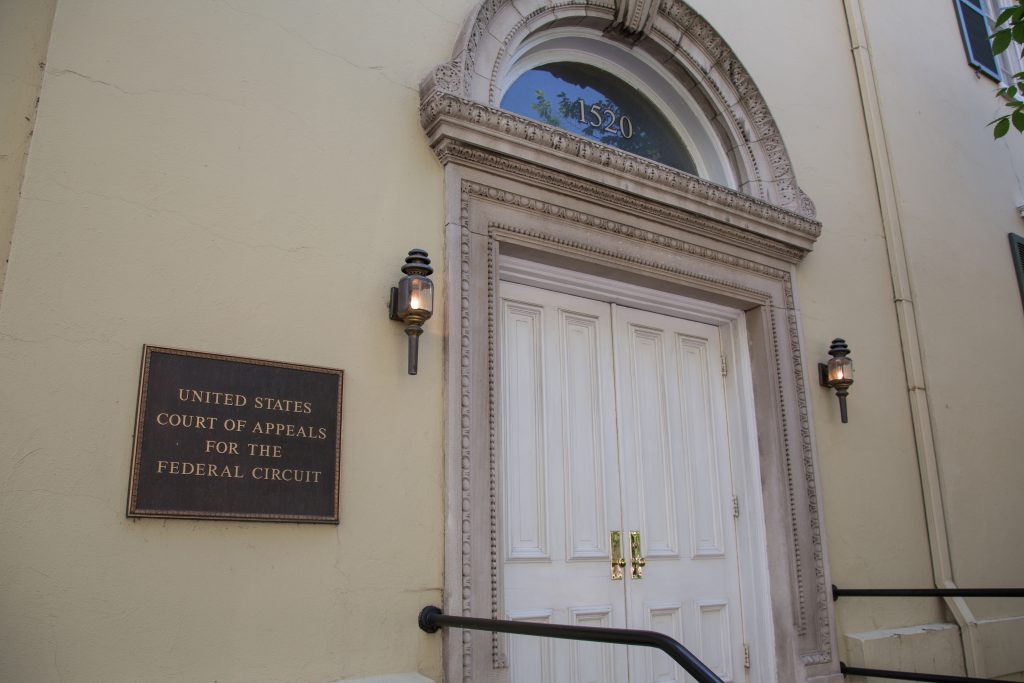
08 Dec Winning on Appeal and Losing on Remand
When you hire someone to do a job and they mess up, you don’t always bring that same person back to fix their mistake. Maybe you want to give them another chance. But if the mistake requires a major repair, you probably don’t trust this person to do it right this time. This can be the case whether we are talking about cars, plumbing or surgery. You are not going back to the doctor who botched your nose job. Yet, when you find yourself winning on appeal and getting a new trial, you often end up in front of the same judge who messed up your case the first time.
In the federal system, every person convicted of a felony or misdemeanor at trial has a right to appeal the conviction. This is a valuable check on the trial courts. The federal Court of Appeals for your district will review the case. If it finds reversible error, then it will reverse the conviction and send it back for a new trial. Reversible error can be such things as improper admission of evidence or incorrectly instructing the jury on the applicable law.
The new trial is referred to as a remand. So, the case will be remanded to the same judge who presided over the first trial. You will be before the same judge who made the mistake that led to your conviction.
The odds of winning an appeal in a criminal case are not good.
Trial judges tend to err on the side of the prosecution. This may be due to a belief that errors can be fixed on appeal. If a defendant is convicted, he or she can appeal. But if a defendant is acquitted, then the prosecution has no right to an appeal.
Also, most trial judges are former prosecutors, which may indicate a bias. For example, the Mercury News conducted a five-year review of criminal convictions in Santa Clara County. In over 50 cases, trial judges allowed prosecutors to introduce questionable evidence, while denying the same right to defense attorneys.
This faith in the appellate courts fixing trial errors may be misplaced. From 2017 to 2018, there were a total of 27,261 federal judgments that were appealed by one or both parties. Of these, the courts of appeals only reversed 7.8% of all judgments. The numbers are even worse if you look at criminal convictions. Only 6.6% of 7,073 federal convictions were reversed during this period.
The success rate for state criminal convictions is only slightly higher. Of 69,348 appeals of criminal convictions filed in 2010, only 11.9% were reversed and remanded back for a new trial.
The final resort for criminal defendants is to appeal to the U.S. Supreme Court. This involves filing a petition for writ of certiorari. The good news is that the U.S. Supreme Court reverses more decisions than any other appellate court. The bad news is that they get over 8,000 appeals each year. Of these, the U.S. Supreme Court only hears about 50 cases. So, your chances are only slightly better than winning the Powerball lottery. Clearly, the track record for getting a conviction overturned on appeal is not good.

And if you do win, you go back to where it all started.
If you are one of the lucky few defendants who get their convictions overturned, you are still not out of the woods. The appellate court could rule that the law under which you were convicted is illegal or unconstitutional. This would result in you being freed. However, this rarely ever happens. Instead, the appellate court will reverse the lower court conviction and remand the case for a new trial. This means that you will be going back before the judge who made the error in the first place.
This could be fine in some cases. If your conviction was based on evidence that the appeals court deemed inadmissible, then you may be acquitted at the second trial. The jury won’t hear this evidence, making it less likely to vote to convict. The prosecutor could also decide to drop the case since it cannot introduce this evidence. In this situation, remanding to the same judge shouldn’t be a problem.
But what about cases where the judge showed extreme bias against you during the trial? The dockets are filled with cases where the judge clearly had a bias against the defendant. The Mercury News report found ten specific cases of biased remarks made by judges in the presence of the jury. It also cited 100 other instances where “trial judges erred in ways that helped prosecutors.” As a result, you could find yourself in a new trial before the same judge who didn’t like you the first time. What’s more, this judge may be angry that you questioned his or her impartiality in your successful appeal.
Your options for a retrial are significantly limited.
Federal law requires judges to recuse themselves in cases where they might not be impartial. For example, Supreme Court Justice Ketanji Brown Jackson recused herself from hearing the affirmative action case involving Harvard because of her ties to the University. This recusal requirement is codified at 28 USC § 455. Two of the provisions are applicable here. Provision 3 requires recusal where there is actual bias. Provision 4 requires it in circumstances where impartiality might reasonably be questioned.
However, under the law, there is no requirement that a trial judgment proactively recuse him or herself, like Justice Brown Jackson did. It is only voluntary. So, if you got a reversal on judicial bias, your only option is to file a motion asking the trial judge for recusal. The decision rests solely with the judge you are asking to recuse. As appellate attorney Howard J. Bashman points out, this is a problematic situation for a defendant. “It is a curious aspect of the judicial system in the United States that the judge whose recusal is sought decides in the first instance whether she is biased and whether her impartiality might reasonably be questioned.” In other words, you are asking a judge to admit that he or she is biased.
As you can imagine, this move is fraught with peril for a criminal defendant. If the judge denies the motion, you now have to deal with an angry trial judge whose impartiality has been questioned. As Bashman goes on to state, “a recusal request that unsuccessfully challenges the perception of a judge’s impartiality can serve as a self-fulfilling prophecy.” If the trial judge wasn’t biased against you before, he or she may be now.
You can request a reassignment, but it probably won’t be granted.
There is one option available on an appeal of a federal conviction. You could request that the appellate court not just reverse and remand. You can also ask for a reassignment. If granted, this will move the case from the first trial judge to the next available one at that court. However, courts rarely grant this relief.
In the 2015 case of US ex rel. Little v. Shell Exploration, the Fifth Circuit Court of Appeals reassigned a case from Judge Lynn N. Hughes. The appellate court noted that this is rarely invoked. It only did so because Judge Hughes had ignored prior rulings from the Court of Appeals on the exact same case. The Fifth Circuit followed suit in two other cases involving Judge Hughes where he also showed bias, prejudgment and a refusal to follow applicable law.
Appellate attorney Benjamin G. Shatz of Manatt, Phelps & Phillips LLP points out that federal appellate courts have the power to reassign cases. It is based on an interpretation of 28 USC § 2106. However, the courts rarely invoke this power. The situation with Judge Hughes is therefore an outlier among federal cases.

The phrase “California Dreaming” is becoming a reality for California defendants.
There is hope for some defendants. People convicted in California state court can have their cases reassigned if an appeal is granted. The California Code of Civil Procedure § 170.1(c) provides such a remedy if the defendant can show that it is in the interests of justice. There is also a peremptory judicial disqualification rule in California. The Code of Civil Procedure § 170.6(2) provides for a successful remand to go to a new trial judge.
The California Court of Appeals explained the rationale behind this rule in the case of Stegs Investments v. Superior Court: “A judge who had been reversed might prove to be biased against the party who successfully appealed the judge’s erroneous ruling at the original trial.” This shows an understanding of the concerns of criminal defendants who are remanded back to the same court that convicted them in the first place.
But for everyone else, this California Dream comes with a grim reality.
Unfortunately for federal and state defendants in other jurisdictions, this California Dream is not a reality. Most defendants who are fortunate enough to get their conviction overturned are back where they started. They can get a case reversed and remanded but not reassigned. These defendants are put in the unenviable position of having to file a motion to recuse as their only recourse. This will most likely anger the trial judge, leading to increased bias in the new trial.

